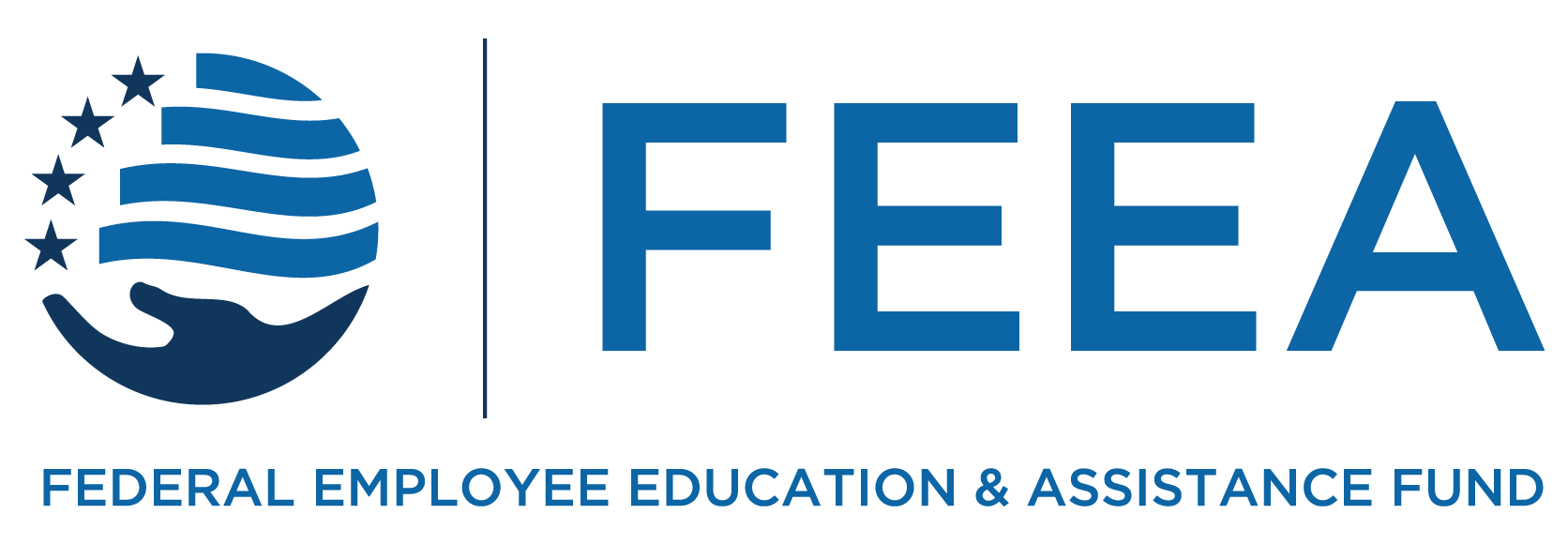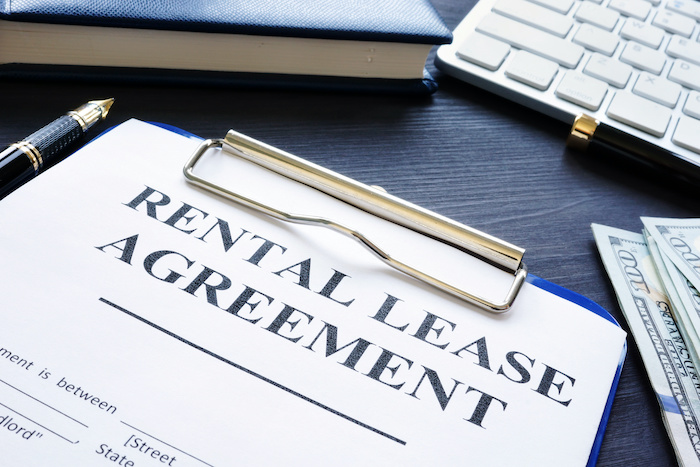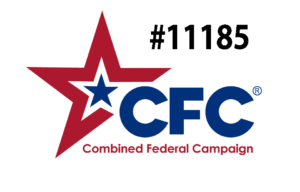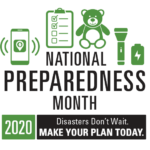About to Sign a New Rental Home Lease? Read this first.
by Joyce Warner
Whether you are moving to a rental home managed by an individual owner/landlord or by a large management company, its important to read the fine print and take steps to ensure a smooth moving experience to your new residence.
- Read the lease carefully. Leases are binding legal documents and it’s important to read them carefully and ask questions for any parts that are unclear. Be sure to keep digital and hard copies of the final signed documents so you can refer back to them easily. Check out this handy checklist from FindLaw for specific items to review before signing.
- Know your local tenant rights. If you believe something in the lease is not in keeping with state and local law check with your local housing authority or visit this Department of Housing and Urban Development Tenant Rights site for state by state links on where to go for assistance. Local housing laws often govern things like late fees and lease roll-over terms.
- Understand the paid “extras”. Some leases may include extra charges for parking, certain utilities, use of amenities, etc. Be sure to account for those charges when you are comparing rental options and include those amounts in your monthly budget.
- Beware of the showroom model. Many large complexes maintain an “apartment showroom” or sample unit. Before you sign your lease make sure you know which unit number exactly you are renting and where it is located and make sure the unit number is in the lease. Also confirm the floor plan of the unit and what features it has, for example if it has been renovated.
- Don’t skip the walkthrough. Always complete the pre-move-in walkthrough to check for needed repairs and document existing damage. Here is a good list from Rent.Com of things to check on a walkthrough. Take pictures and communicate any issues in writing to your landlord/building management. Also check to see if locks have been rekeyed since the prior tenants moved out.
- Pay rent via a method that provides a receipt. Whether you pay your rent via your bank’s online payment service, at your rental office in person, or via an online rent or other payment app it’s a good idea to use a method that will document when and how much you paid with some form of receipt or e-confirmation. This can help alleviate disputes about late fees.
- Get renter’s insurance. Remember your possessions are not covered from theft or damage unless you have renter’s insurance. Check out another of our FedLifeHacks on insurance to learn more about renter’s insurance.
Would you like to receive more information like this when it comes out? Sign up for the FEEA newsletter using the Newsletter Sign-up section in the sidebar of this page.
Would you like to reprint this piece in your agency human resource, federal employee association, or union local newsletter? You can do so at no cost by contacting admin@feea.org with your request.
The information provided in this piece is for your convenience and informational purposes only and not to be construed as professional advice. FEEA and its coauthors and sponsors are not liable for any losses or damages related to actions or failure to act with regard to the content in this piece.




